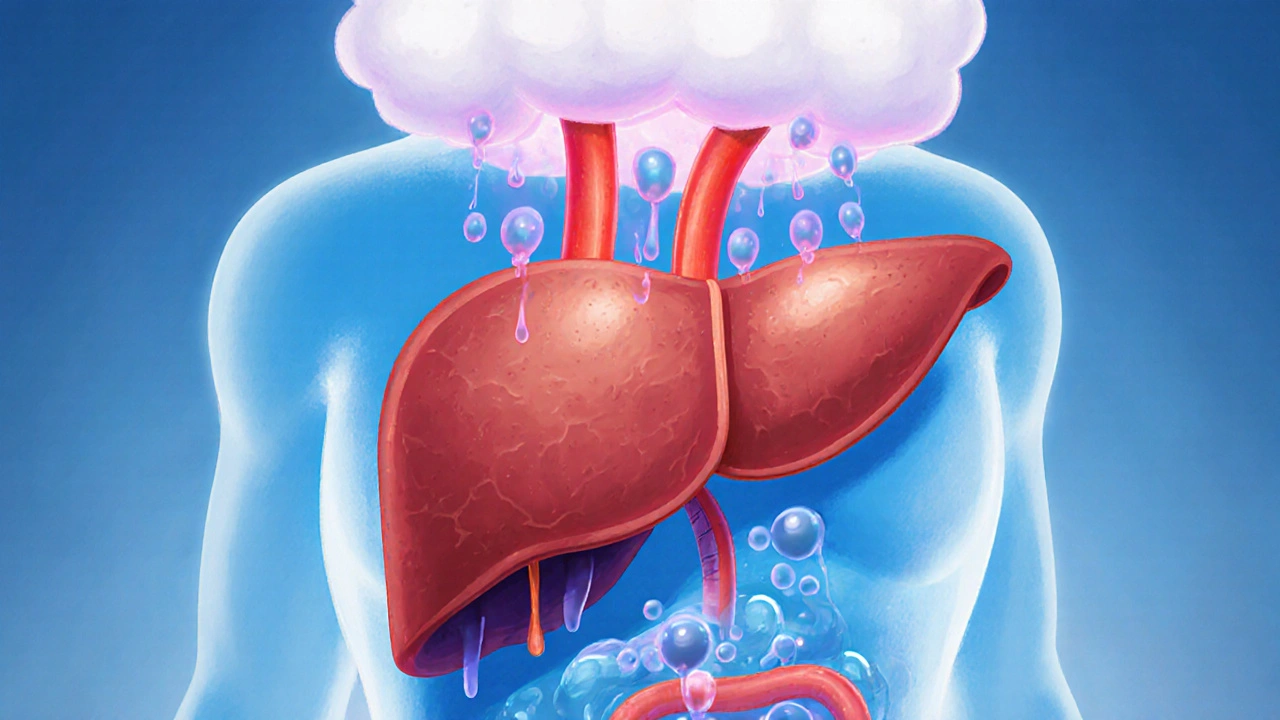Varices: What They Are, Why They Happen, and How to Manage Them
When you see bulging, rope-like veins on your legs, you’re looking at varices, abnormally enlarged veins that usually develop due to weakened valves and poor blood flow. Also known as varicose veins, they’re not just a cosmetic issue—they can signal deeper problems with circulation and vein health. These aren’t rare. Nearly half of adults over 50 have them, and many don’t realize how much they impact daily comfort, mobility, and even long-term tissue health.
Varices happen when the one-way valves inside your veins stop working right. Blood pools instead of flowing smoothly back to the heart. This pressure stretches the vein walls, making them visible and sometimes painful. Standing or sitting for long hours makes it worse. So does pregnancy, obesity, or a family history of weak veins. You might notice heaviness in your legs, nighttime cramps, or swelling around the ankles. Left untreated, varices can lead to skin discoloration, ulcers, or even blood clots—something called superficial thrombophlebitis.
Managing varices isn’t about quick fixes. It’s about reducing pressure on your veins and improving how blood moves. Compression socks are one of the most effective tools—simple, cheap, and backed by decades of use. Moving more helps too. Walking, swimming, or even just flexing your feet every hour keeps blood flowing. Elevating your legs after a long day gives your veins a break. Weight loss, if needed, reduces strain. And while some people turn to herbal creams or supplements, the real science backs movement, compression, and medical evaluation over unproven remedies.
When should you see a doctor? If your veins hurt constantly, if skin around them turns red or feels warm, if you develop open sores, or if swelling doesn’t go down with rest—it’s time. There are modern treatments like sclerotherapy, laser therapy, or minimally invasive procedures that close off the bad veins and redirect blood to healthier ones. These aren’t just for aesthetics—they prevent complications and restore quality of life.
The posts below cover what matters most: how varices connect to other conditions like venous insufficiency, a chronic condition where veins can’t pump blood back to the heart effectively, how medications like diuretics (think Lasix) affect fluid buildup in the legs, and how lifestyle choices—like sitting too long or skipping movement—make things worse. You’ll also find practical advice on managing leg swelling, understanding when pain needs more than home care, and how to avoid the mistakes people make when they ignore early signs.
Varices don’t just show up overnight. They grow slowly, quietly. But they don’t have to control your life. The right steps, taken early, make a real difference.

